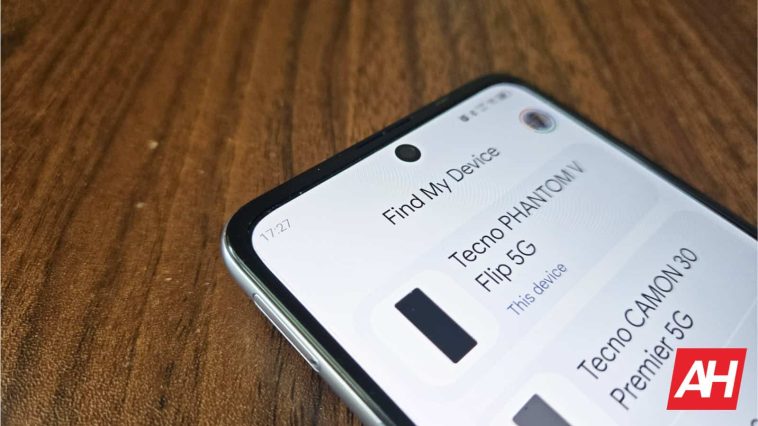There are users of Android’s
Find My Device “aggregation by default” may affect performance, but you can change it
The improved Find My Device network offers four options to manage your participation. Devices are added to the network three days after the user receives a notification email. There are also trackers that force network aggregation on devices that are still offline. That said, the devices within the network do not use by default the setting that offers the best performance. This is because Google’s “aggregation by default” approach seeks to give you more control over your privacy. That is, the user can voluntarily improve the functionality in the Find My Device settings.
Google describes the “aggregation by default” approach by saying that “the Find My Device network requires multiple nearby Android devices to detect a tag before reporting its location to the tag’s owner.” This behavior corresponds to the “With network in high-traffic areas only” option in the Find My Device settings. Google is also aware that this approach may negatively impact performance. The support page says that “this may sometimes affect detection of Bluetooth trackers, especially in low-traffic areas.”
Here’s how to fix issues with tracker detection
So, to solve this type of problem, the company recommends changing the settings to “With network in all areas.” But why didn’t Google set that option by default? Basically, it wants to give you control over your privacy. With this approach, you are the one who decides if you want your device to participate in the network in any area.
Lastly, the company also claims that the performance of the Find My Device network will improve as more and more users enable the “With network in all areas” option, even for those who keep the default option. This is because low-traffic areas will gradually be reduced.

